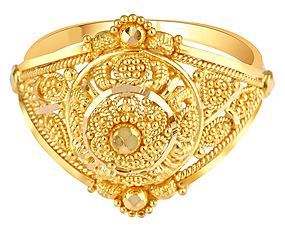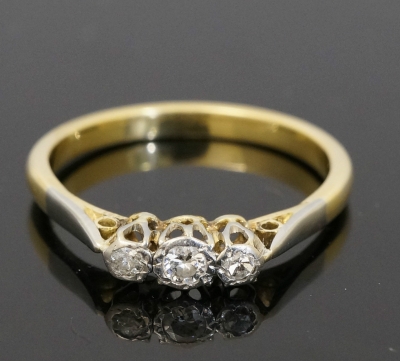
 Ornaments could be made of pure gold but would get easily pressed out of shape. This is because gold is a soft metal, though it is heavy.
Ornaments could be made of pure gold but would get easily pressed out of shape. This is because gold is a soft metal, though it is heavy.
The two terms ‘dense’ and ‘hard’ do not mean the same. Gold has high density, over two times that of iron, because its atoms are heavier. Hardness can be easily demonstrated by ‘scratch’ test.
A steel knife cannot cut glass, but a diamond tipped steel knife could, because diamond is harder than glass and steel is not. Gold is easily scratched. Haven’t we seen goldsmiths assessing the purity of gold by rubbing it against a whetstone and examining the scratch?
Carat has two meanings: first it is a unit for weighing precious stones. It is almost equal to 200 mg. This is based on the old European practice of weighing precious stones using the seed of a bean pod, somewhat similar ‘Manchadi’ (in Tamil).
Second, carat is a measure of purity of gold. Usually, a bit of copper is added to gold, while making ornaments, to give the hardness and to prevent distortion. 24 carat means 100 per cent gold.
Hence one carat represents 100/24 per cent. Thus 22 carat gold means 9l.67 per cent pure and 18 carat gold 75 per cent; the rest being copper.
